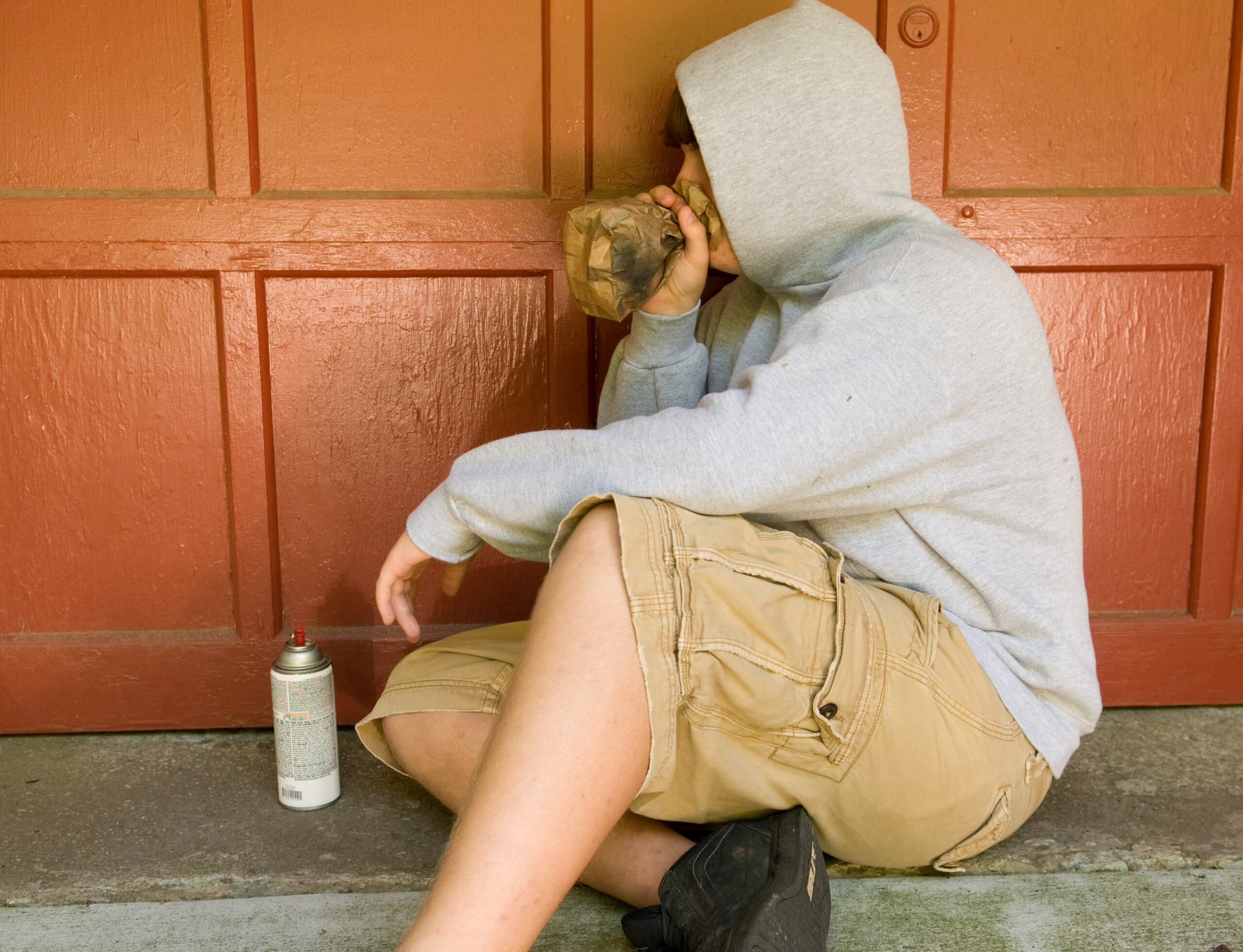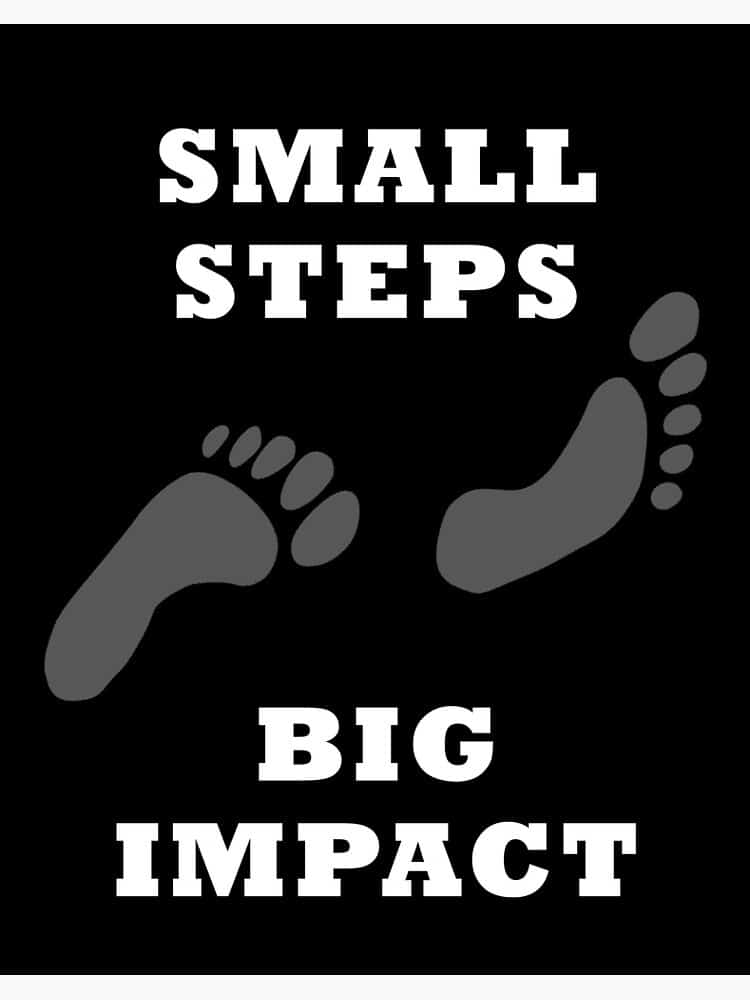Many parents and adults are just learning about this dangerous activity that’s been spreading among young people. Understanding what chroming is can help you protect the kids in your life and know when someone might need help. What Does Chroming Mean? Chroming is a slang term for inhaling toxic fumes from everyday household products to get high. The name comes from inhaling chrome-based paint, but the term now covers breathing in fumes from many different products. Kids and teenagers might also call it “huffing” or “sniffing.” When someone is chroming, they’re breathing in chemical vapors on purpose. These chemicals go straight to the brain and can cause a quick high that only lasts a few minutes. But even though the high is short, the damage to the body can be serious and sometimes permanent. What Products Do People Use for Chroming? One of the scariest things about chroming is that people use products found in almost every home. These aren’t illegal drugs that are hard to find. They’re everyday items sitting in garages, kitchens, and bathrooms. Common products used for chroming include: Spray paint and other aerosol paints Permanent markers and correction fluid Hair spray and deodorant spray Nail polish and nail polish remover Cleaning products and air fresheners Gasoline and lighter fluid Glue and rubber cement Computer keyboard cleaner (compressed air) Because these products are so easy to find, chroming has become a serious problem. Kids don’t need money or connections to dangerous people. They just need to open a cabinet at home. Why Do Young People Try Chroming? You might wonder why anyone would want to breathe in toxic chemicals. There are several reasons why young people experiment with chroming: Curiosity and peer pressure play a big role. When friends are trying something, kids often feel pressure to join in. They might not want to seem scared or uncool. It’s cheap and easy to access. Unlike other drugs, the products used for chroming are legal, inexpensive, and available everywhere. They don’t understand the dangers. Many young people think that because these products are sold in stores, they must be safe. They don’t realize that using them in this way can kill them. Social media influence has made chroming more visible. Videos and challenges online can make dangerous activities seem fun or normal. They want to escape problems. Some kids are dealing with stress, anxiety, depression, or difficult situations at home. They might try chroming as a way to feel different or forget their problems for a while. What Are the Dangers of Chroming? Chroming is extremely dangerous, and the risks are real. Even trying it once can cause serious harm or death. Sudden death can happen the very first time someone tries chroming. This is called “sudden sniffing death syndrome.” The chemicals can cause the heart to beat irregularly and stop working. This can happen to anyone, even healthy young people. Brain damage is another major risk. The chemicals in these products kill brain cells. Over time, this can lead to problems with memory, learning, and thinking. Some of this damage cannot be reversed. Organ damage affects the heart, liver, and kidneys. These organs work hard to filter toxins from the body, and inhaling chemicals puts enormous stress on them. Breathing problems can develop because the chemicals damage the lungs. Some people develop asthma or other long-term breathing issues. Loss of coordination and muscle weakness can make it hard to walk, write, or do everyday activities. Psychological problems like depression, anxiety, and mood swings often get worse with chroming, not better. Accidents and injuries happen because chroming affects judgment and coordination. People might fall, hurt themselves, or make dangerous decisions while high. Warning Signs Someone Might Be Chroming If you’re worried about someone you love, here are some signs to watch for: Chemical smells on their breath, clothes, or in their room Paint or stains on their face, hands, or clothing Empty spray cans, bottles, or rags hidden in their room Slurred speech or appearing drunk without alcohol Red or runny eyes and nose Sores or rashes around the mouth and nose Sudden weight loss or loss of appetite Declining grades or skipping school Losing interest in activities they used to enjoy Mood swings and irritability Spending time with a new group of friends Getting Help for Chroming Addiction If someone you care about is struggling with chroming or any form of substance abuse, it’s important to know that help is available. Recovery is possible with the right support and treatment. Living Longer Recovery in Palm Springs is a facility dedicated to helping people overcome addiction and build healthier lives. Located in the beautiful desert community of Palm Springs, California, Living Longer Recovery provides a safe and supportive environment for healing. The team at Living Longer Recovery understands that addiction affects everyone differently. They offer personalized treatment plans that address not just the addiction itself, but also the underlying issues that led to substance abuse in the first place. Whether someone is dealing with chroming, other inhalants, or different substances, the compassionate professionals at Living Longer Recovery are ready to help. Treatment at Living Longer Recovery includes therapy, counseling, education about addiction, and tools for building a life without substances. The facility focuses on helping people develop healthy coping skills, repair relationships, and rediscover hope for the future. Education and Awareness of Chroming Chroming is a serious issue, but awareness and education can make a difference. Talk to the young people in your life about the dangers of inhaling chemicals. Keep household products stored safely and pay attention to warning signs. If you or someone you love needs help with chroming or any addiction, don’t wait. Reach out to Living Longer Recovery in Palm Springs today. Recovery is possible, and no one has to face addiction alone. Taking the first step toward getting help is brave, and it could save a life. Remember, it’s never too early or too late to ask for help. Living Longer Recovery
, When you think about getting help for substance abuse disorder, you might picture sitting alone in a therapist’s office, talking one-on-one about your struggles. While individual therapy definitely has its place, there’s something powerful happening in smaller, more focused treatment settings that’s changing lives every day. At Living Longer Recovery, we’ve seen firsthand how group therapy and intimate care environments create real, lasting change for people fighting addiction. The Power of Being Together Here’s something that might surprise you: research shows that group therapy works just as well as individual therapy for treating substance use disorder. In fact, in some ways, it works even better. Studies have found that people who participate in group therapy are more likely to stick with their treatment programs. They show up to sessions more regularly, they stay engaged longer, and they’re less likely to drop out before completing treatment. This matters because the longer someone stays in treatment, the better their chances of long-term recovery. But why does group therapy work so well? The answer is simpler than you might think. When you’re struggling with addiction, it’s easy to feel alone. You might think nobody understands what you’re going through or that you’re the only one dealing with these problems. Group therapy breaks down those walls. Suddenly, you’re sitting in a room with other people who get it. They’ve been where you are. They understand the cravings, the shame, the fear, and the hope. Learning from Each Other One of the most powerful parts of group therapy is something called peer modeling. This is just a fancy way of saying that we learn by watching others. In a group setting, you see other people working through their challenges. You watch someone share a difficult story and receive support hear about coping strategies that worked for someone else and witness people celebrating their victories, no matter how small. All of this teaches you that recovery is possible. When someone in your group talks about how they handled a tough situation without using substances, you’re learning a real-world strategy that you can use yourself. When you see someone who’s been in recovery for six months or a year, you’re seeing proof that it can be done. This kind of learning sticks with you in ways that reading from a textbook or hearing advice from a counselor never could. Small Spaces, Big Changes At Living Longer Recovery, we believe in the power of focused, small-scale environments. Think about it this way: would you rather be a face in a crowd at a huge treatment facility, or would you rather be part of a close-knit community where everyone knows your name? Smaller treatment settings offer something that larger facilities simply can’t match. When your treatment group is small, you get more attention. You have more chances to speak up and share. You build deeper connections with the people around you. The staff gets to know you as a person, not just as another patient. This focused approach creates a safe space where people feel comfortable opening up. In a smaller group, it’s easier to be vulnerable. It’s easier to ask for help. It’s easier to admit when you’re struggling. And that honesty is essential for recovery. Research backs this up. Studies show that people in smaller treatment programs report feeling more connected to their peers and counselors. They feel more supported. They’re more willing to participate actively in their treatment. All of these factors lead to better outcomes. Building Healthy Coping Strategies One of the biggest challenges in recovery is learning how to deal with stress, triggers, and difficult emotions without turning to substances. This is where group therapy in a focused environment really shines. In group sessions, you don’t just talk about coping strategies in theory. You practice them together, role-play difficult situations and share what works and what doesn’t. You get immediate feedback from peers who understand your struggles. Maybe someone in your group shares a breathing technique that helps them when they feel anxious. You try it, and it works for you too. Or perhaps you share a strategy for dealing with cravings, and it helps someone else. This back-and-forth exchange creates a toolkit of healthy coping mechanisms that you can use throughout your recovery journey. At Living Longer Recovery, we’ve watched countless people discover new ways to handle life’s challenges. They learn these skills not just from counselors, but from each other. They practice them in a supportive environment where it’s okay to make mistakes and try again. The Numbers Don’t Lie Let’s talk about what the research actually shows. Multiple studies have compared group therapy to individual therapy for substance use disorder treatment, and the results are clear: Group therapy participants show similar or better outcomes in terms of staying sober. They’re just as likely to complete treatment successfully. They report similar levels of satisfaction with their care. But here’s the kicker: they’re more likely to stay engaged throughout the entire treatment process. Higher engagement means people are showing up, participating, and doing the work of recovery. Better retention means they’re sticking with treatment long enough for it to make a real difference. These aren’t small details—they’re the foundation of successful recovery. The Living Longer Recovery Difference At Living Longer Recovery, we’ve built our entire approach around these principles. We keep our groups small and focused, create an environment where everyone feels valued and heard and encourage peer support and connection. We help people build real relationships that extend beyond treatment. Our small footprint isn’t a limitation—it’s our strength. It allows us to provide personalized attention while still harnessing the power of group dynamics. It creates a community where people support each other through the hardest moments and celebrate together during the victories. Moving Forward Together Recovery from substance use disorder isn’t easy, but you don’t have to do it alone. In fact, you shouldn’t do it alone. The research is clear: focused care in a supportive group environment gives you




